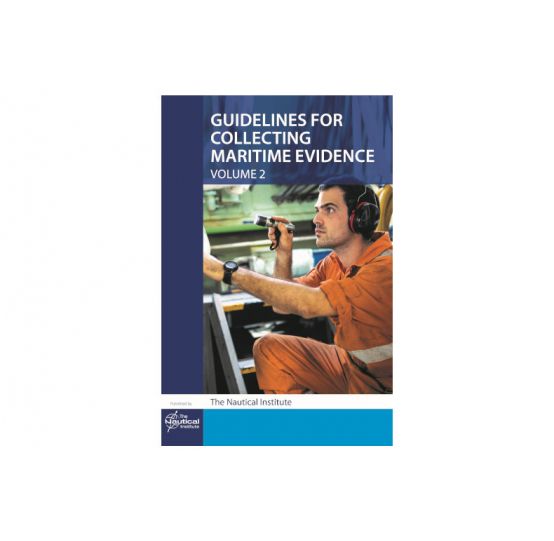Guidelines for Collecting Maritime Evidence Vol 2
This second volume in the Collecting Maritime Evidence series focuses on electronic evidence – what it is, how to preserve and collect it, and how it can be used to
understand the circumstances that led to a maritime incident.
This second volume in the Collecting Maritime Evidence series focuses on electronic evidence – what it is, how to preserve and collect it, and how it can be used to understand the circumstances that led to a maritime incident.
While not completely replacing traditional records, data from ECDIS, VDR and AIS are vital resources for the investigator. Admiralty Judge Mr Justice Teare points out that the great benefit of such evidence is that “electronic or digital records cannot lie or have a faulty or imperfect recollection. They will be the best evidence of what happened.”
The book’s contributors are drawn from a wide range of disciplines. Here they also discuss the roles of the average adjuster and the mariner lawyer, cover evidence collection from the P&I perspective and that of the naval architect, and consider subjects as diverse as fire, deterioration of agricultural cargoes, machinery failure and surveying.
Includes:
- Recovery and use of electronic evidence
- Preservation of evidence after a fire
- Role of the average adjuster
- Evidence in the Admiralty and commercial courts


